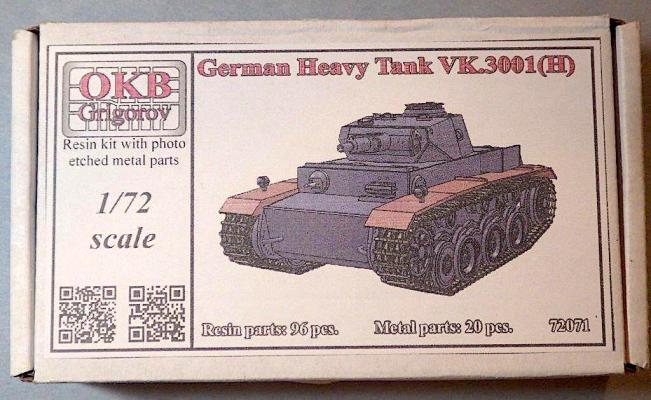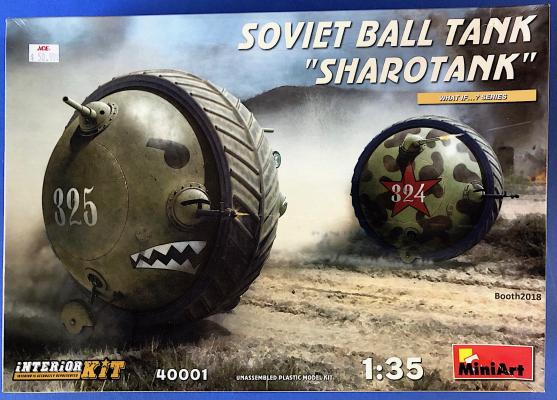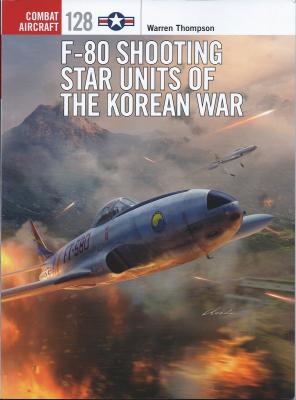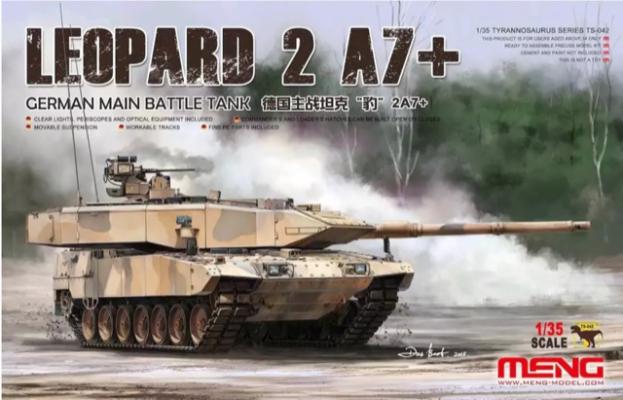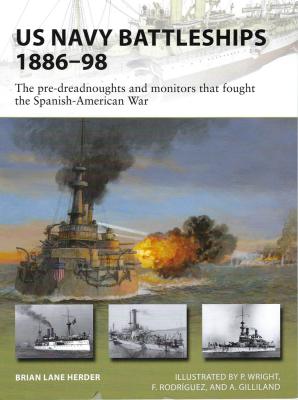OKB Grigorov is a small model company based in Bulgaria that you may not be too familiar with. The company focuses primarily on AFVs, tanks, and naval ships in 1/72, 1/350 and 1/700 scales, and they have an extensive list of products available. They produce full resin kits with photoetch enhancements, as well as resin, photoetch and white metal conversion pieces for other models. More recently, they began producing some plastic AFV kits.
Welcome to the IPMS/USA Reviews site!
Introduction: The primary organization of the IPMS/USA Review website is by IPMS/USA National Contest Class. Within each Class there are sub-menus by kits, decals, books, etc. The Miscellaneous Class is for items that are not class specific or that cross two or more classes.
IPMS/USA Members: We encourage you to submit reviews, both here and to the Journal. To volunteer for membership in the IPMS/USA "Reviewers Corps" and submit your own reviews, please read the Guidelines For Submitting Product Reviews.
Manufacturers, publishers, and other industry members: IPMS/USA is pleased to offer your company the opportunity for product reviews. All product reviews are performed by IPMS/USA members, and are posted in the publicly-accessible section of our website. With very few exceptions, we perform full build reviews of new kit releases, aftermarket products, and supplies. If you would care to provide product samples for review, please contact John Noack, IPMS/USA 1st VP.
To learn more about IPMS/USA, please see our About Us page.
The normally super-realistic folks at MiniArt have loosened their imagination and wandered into the hypothetical with the first kit in their new What If...? Series, the Soviet Ball Tank "Sharotank". Possibly based on the Kugelpanzer, that Wikipedia describes as : "The Kugelpanzer (lit. "spherical tank") is a one-man tank built by Germany during World War II. It was captured by the Soviets in Manchuria and is on display in the Kubinka Tank Museum. There is no record of it ever having been used in combat".
MiniArt has a video on their website about the Sharotank, and cleverly inserts their kit model into period photos (or are they real?) showing the Sharotank after capture by the Soviets.
MiniArt also produces other versions of the ball tank:
Designed during WWII and built in 180 days the F-80 did see some service in Italy in the final days of WWII. Post war many were stationed both in Europe and in Japan. Those in Japan were the first to answer the call when the North Koreans invaded South Korea.
The F-80 compiled a strong record in the Korean conflict. The aircraft is credited with shooting down 17 enemy aircraft, using in excess of 80,000 air to ground rockets and dropping over 33,000 tons of bombs during almost 90,000 combat sorties. A most admirable record for any aircraft. They served throughout the conflict and were the first US jet to engage in jet to jet combat.
A Very Brief History of the Leopard
During the late 60’s Germany began to plan for new primary main battle tank which would replace the M48 Patton tanks purchased from the US (in service through 1993). Early designs were grouped around the initial concept called the MBT-70, though it never got past the initial design with only a wooden hull constructed. For several years numerous prototypes were designed leading to the Leopard I design in 1965, which used a German built 105mm Royal Ordnance gun. These tanks continued in use through 2003 and included 4744 main battle tanks.
In the 1860s the US Navy led the world with the innovative, turreted ironclad USS Monitor - a vessel that gave rise to a series of warships whose name defined the class. However, within ten years of the end of the Civil War, the US Navy had become a mere ghost of its former size and power. Ships were decommissioned, sailors released from service, and the Secretary of the Navy was returning funds to the Treasury. By the 1880s, British built ironclad battleships of the Brazilian and Chilean navies caused panic within the halls of Congress and along the east and west coasts of the United States. Frustrated officers from the US Navy, along with insightful members of Congress and the Garfield administration determined that major changes were needed to prevent the US Navy from declining into irrelevance.











